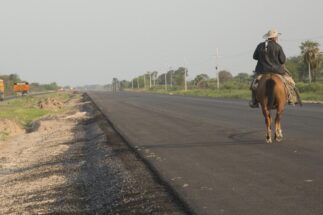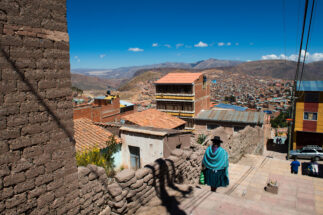A coalition of Latin American NGOs has raised concerns over violations of environmental and social standards by Chinese investors in the region, in a report submitted as part of a UN review into the rights record of Chinese overseas activities.
Presented to the UN’s Committee on Economic, Social and Cultural Rights (CESCR) in February by more than 50 civil society organisations, the report analysed 14 projects led by Chinese companies or with Chinese bank financing, carried out in nine Latin American countries in the infrastructure, energy and extractive sectors. It argued that Chinese investors have not made sufficient efforts to avoid negative environmental impacts in the region.
While recognising advances in China’s policies and guidelines for overseas activities, the organisations called for greater commitments to environmental and social standards in projects developed in Latin America.
“What we’re seeking from the UN is to get China to address the negative impacts of its investments and understand that this is a legitimate concern of civil society organisations in the region,” said Marco Gandarillas, a member of Latinoamérica Sustentable (LAS), one of the organisations behind the publication.
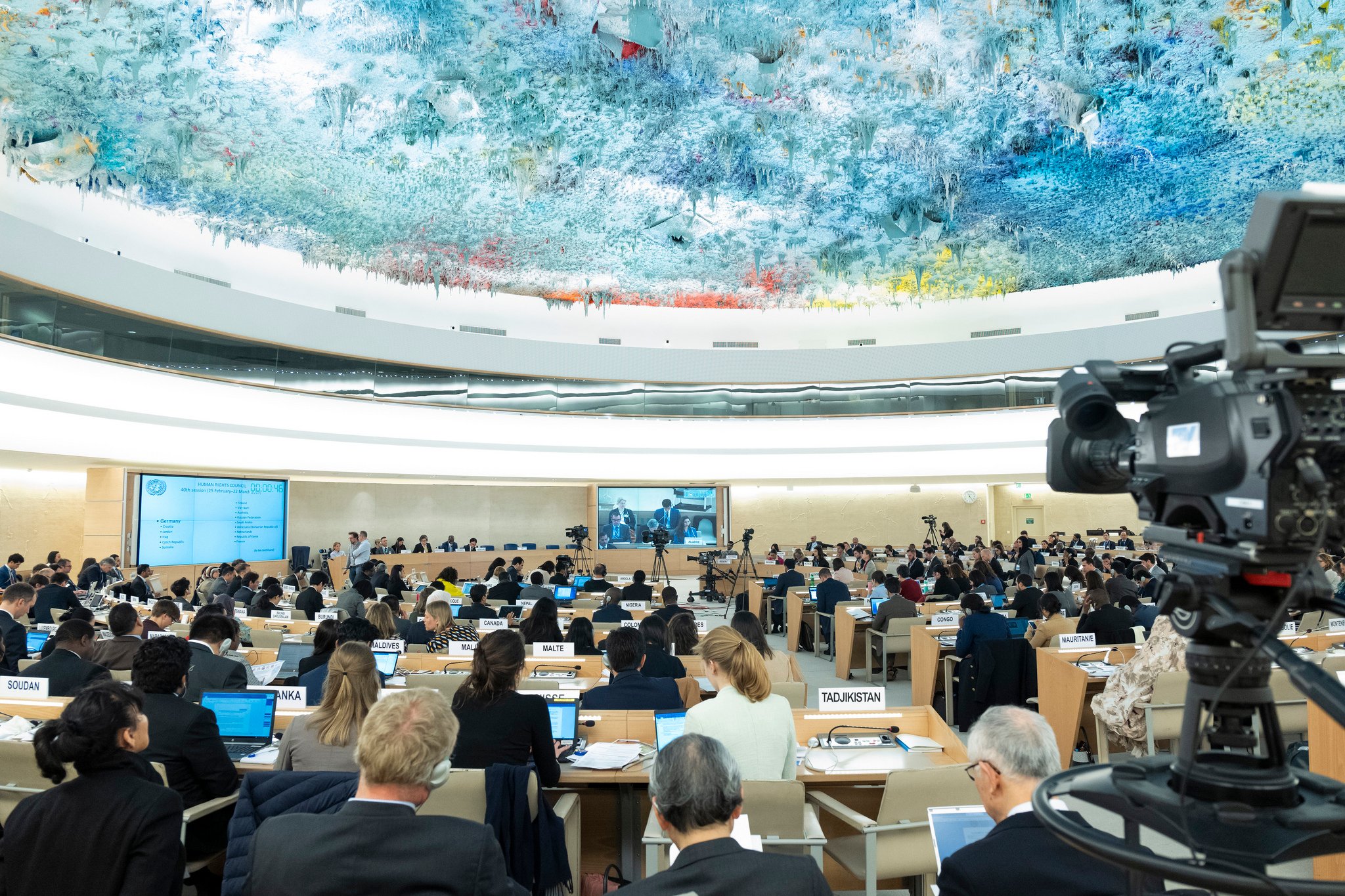
China’s human rights obligations for its overseas investments have been the subject of several reviews by UN bodies since 2016. These include the Universal Periodic Review – the Human Rights Council process under which China acknowledged Latin American NGO claims in 2019 – and that of the CESCR, charged with assessing whether states are guaranteeing economic, social and cultural rights.
Civil society organisations were invited by CESCR to submit their observations on Chinese companies in Latin America. These were then incorporated into a final report with recommendations to China, released on 3 March, to which the Chinese government has issued an initial response.
Chinese projects in focus
The NGO report focuses primarily on mining and oil projects, hydroelectric dams and railways developed by 11 Chinese companies and/or backed by Chinese banks in Argentina, Bolivia, Brazil, Chile, Colombia, Ecuador, Mexico, Peru and Venezuela. The organisations behind the analysis claim that all of the projects are located within fragile ecosystems and have caused significant environmental damage.
The Mirador copper mine, located in the Ecuadorian Amazon, is among the projects included. Operated by Ecuacorriente, a subsidiary of Chinese state-owned enterprises Tongling and the China Railway Construction Corporation, it is said to have brought negative impacts on at least 16 different ecosystems. Elsewhere, the analysis highlights that four projects, located in Mexico, Bolivia, Venezuela and Ecuador, have taken place or are planned to proceed within protected areas.
“Companies choose projects in conflict zones and then the problems drag on throughout the project cycle, as with the Rucalhue dam in Chile,” said Gandarillas. The Rucalhue dam is a proposed 90-megawatt hydropower plant on the Bío Bío River in central Chile, a project taken over by the China International Water & Electric Corporation in 2018. It would be the fourth dam to be installed on the river, following projects such as the Pangue and Ralco dams, both built by Spanish-Chilean company Endesa, that have long proven controversial in the water-stressed country.
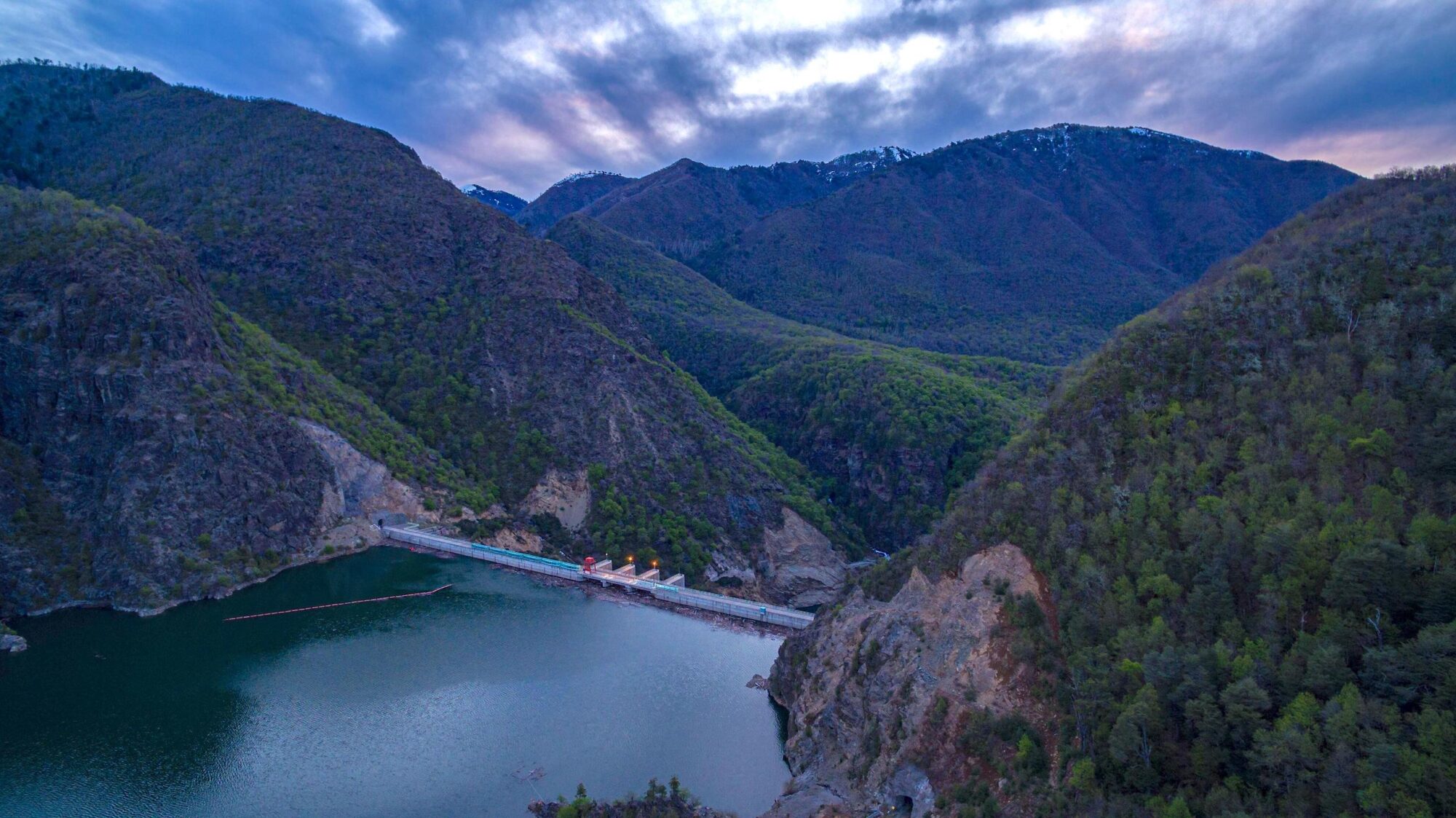
“The communities have said many times that they don’t want more dams in this region,” said Gandarillas.
Issues with air and water pollution also reported in most of the projects analysed. Such is reportedly the case at Chinese mining giant Zijin’s Buriticá smelting plant in Colombia, and the Mirador mine in Ecuador.
The report claims that in at least 10 of the cases analysed, the projects do not have an adequate environmental licence based on a thorough environmental impact study, and have generated conflict with the communities living in the area. The organisations highlight the Las Bambas copper mine in Peru, operated by Chinese firm MMG and the largest foreign investment in the country to date, as one such example.
Communities have said many times that they don’t want more dams
Jaime Borda is executive secretary of the Muqui Network, which represents more than 30 social and environmental organisations in Peru. He claimed that there have been forced relocations of communities near the Las Bambas mine, and that “the company modified the environmental impact study and did not carry out prior consultation before starting the project.”
The report argues that some of the projects analysed have led to abuses of Indigenous peoples’ rights. Companies are said to have carried out their projects in the territories of communities that have long rejected extractive activities because of their environmental and social impacts. The impact is often high and long-term companies are reported to have not complied with due diligence processes.
The report highlights the case of the San Carlos-Panantza copper mine in Ecuador, operated by ExplorCobres, a subsidiary of the CRCC-Tongling consortium that also operates the Mirador project. This project in southern Ecuador would impact 70% of the ancestral territory of the Indigenous Shuar people. After years of complaints, operations at the mine were halted in 2020. In 2022, the country’s Constitutional Court ruled that the peoples’ right to free, prior and informed consent had been violated and withdrew the project’s environmental licence.
While these projects have been carried out by Chinese investors, host countries, governments and local partners have also helped to enable them by greenlighting projects and setting standards, representatives from organisations behind the report told Diálogo Chino.
The recommendations
In the CESCR’s report on the review process, which covered China’s overall performance on a range of rights issues, it specifically called on the Chinese state to ensure its companies and banks operating abroad – whether in Latin America or elsewhere – are “held accountable for economic, social and cultural rights violations”, with special attention given to the effects on Indigenous communities.
The CESCR also called on the Chinese government to ensure that victims of abuses have access to effective complaint mechanisms and adequate redress. In addition, it urged the government to take steps to “ensure the legal liability of business entities and their subsidiaries” for rights violations in their activities abroad.
On the same day as the CESCR released its report, the Chinese government issued a response in which it said it would study its observations through a working group. “The Chinese government attaches great importance to fulfilling its obligations under international human rights instruments,” the document reads. “China will continue to engage in constructive dialogue and cooperation with all parties.”
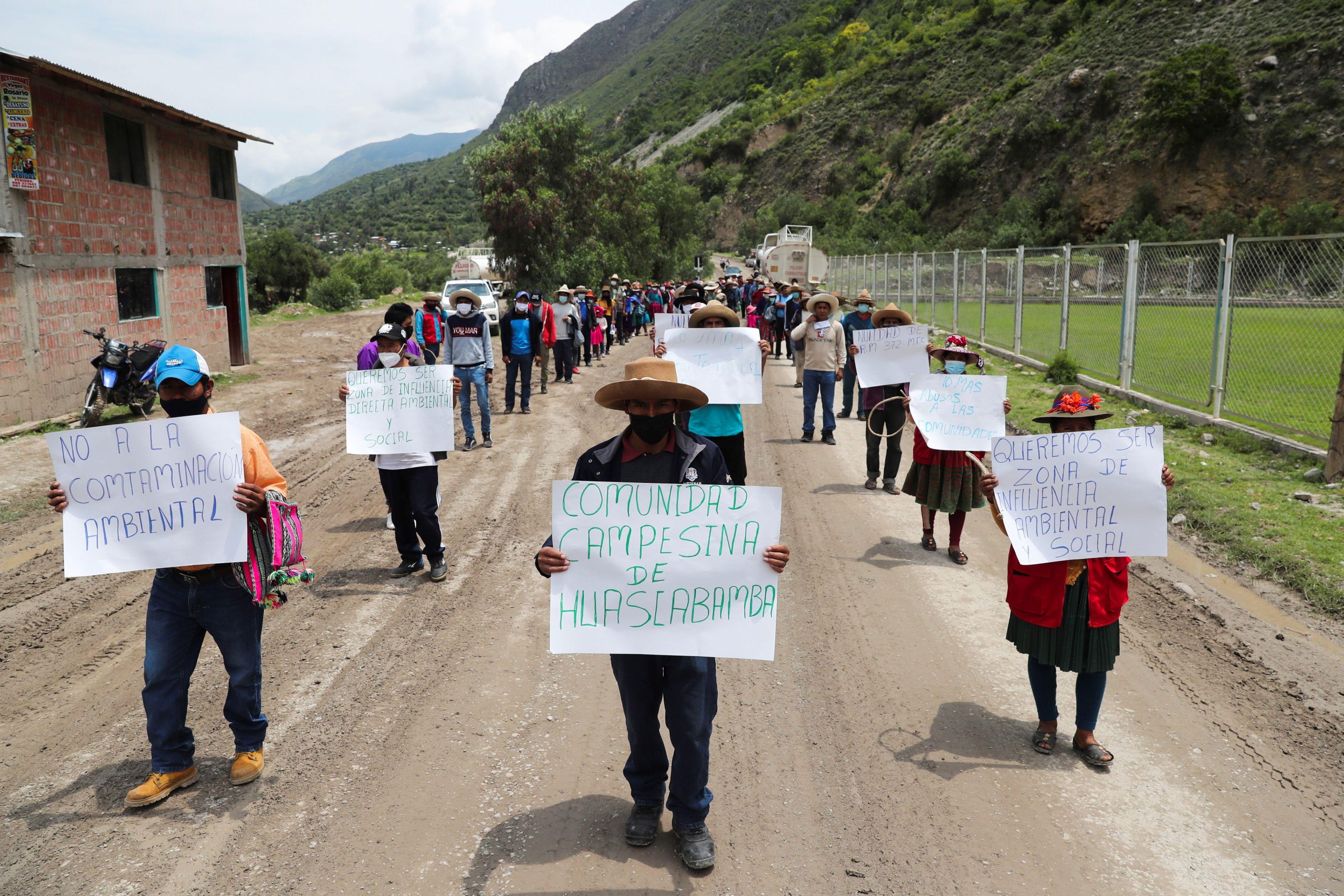
Over the past few years, China has published guidelines for the work of its companies and financiers operating abroad. This represents a shift from a previous approach based on compliance with domestic regulatory frameworks to a commitment to international best practices and standards, the Latin American NGOs acknowledge.
For example, the “Green Development Guidelines for Foreign Investment and Cooperation”, jointly published by the Chinese ministries of environment and of commerce, encourage Chinese investors to go beyond “host country rules” and ask that, if local regulations are lacking, Chinese actors such as companies or banks adopt Chinese standards or international best practices. Elsewhere, a grievance mechanism for Chinese overseas mining projects is currently under development by the China Chamber of Commerce of Metals, Minerals and Chemicals Importers and Exporters.
Despite progress on these plans, the main challenge remains their implementation by financial institutions and companies, as well as supervision by the government, according to the Latin American organisations behind the recent report. To this end, they call for more dialogue with Chinese actors.
“Chinese embassies could be established as a formal channel of contact and communication to which communities and civil society organisations can turn to provide early warning of environmental and social problems,” said Gandarillas.
“There are sectors in China that are moving in the right direction, and the UN is a space where China has to be accountable and make commitments to promote gradual and viable changes that could be implemented in Latin America.”


